When Harshvardhan Rane and Sonam Bajwa stepped onto the red carpet in Mumbai on October 21, 2025, nobody could have guessed the storm that would follow. Directed by Milap Zaveri, the romantic drama Ek Deewane Ki Deewaniyat immediately polarised critics, with Indian Express branding it a revival of "misogynistic toxicity" while IMDb users awarded it a respectable 7/10. The film’s backdrop – the fiery Dussehra celebrations – adds a myth‑laden visual layer, yet the core narrative – an obsessive lover refusing a woman’s ‘no’ – has ignited a cultural debate that stretches far beyond the box office.
Background and Production
Milap Zaveri, who co‑wrote the screenplay with Mushtaq Shiekh, conceived the story as a contemporary take on the classic Bollywood obsession with stalk‑loving heroes. The production team assembled a roster of specialists: cinematographer Nigam Bomzan captured the contrast between neon‑lit party scenes and the ash‑filled Ravan‑dahan ceremony, while editor Maahir Zaveri stitched together a pace that oscillates between feverish pursuit and melancholy reflection.
Music, a staple of Hindi cinema, received a “mood‑board” approach. Composers Kunaal Vermaa, Kaushik‑Guddu, Rajat Nagpal, Annkur R Pathakk, Rahul Mishra and DJ Chetas each contributed tracks that swing from upbeat dance numbers to dirge‑like strings during the climactic festival fire.
The film was shot primarily in Delhi’s historic lanes and the outskirts of Mumbai, with the Dussehra sequence filmed during the actual festival on October 15, 2025. This real‑time backdrop lends authenticity, but it also anchors the story to a cultural moment that many viewers found unsettling.
Plot and Thematic Elements
The narrative follows Vikramaditya Bhonsle (Harshvardhan Rane), a charismatic yet possessive aspiring filmmaker who becomes infatuated with Adaa (Sonam Bajwa), a rising actress who repeatedly rebuffs his advances. The film’s central conflict – Vikram’s refusal to accept Adaa’s denials – mirrors the infamous “stalker‑hero” trope popularised by 1990s blockbusters such as Darr, Anjaam and Tere Naam. The stakes are heightened by the Dussehra setting, where the symbolic burning of Ravana’s effigy is woven into the climax, suggesting a metaphorical destruction of ego.
Critics have debated whether the film offers a critique of that toxicity or simply recycles it. As one reviewer from Indian Express wrote, “It’s baffling that a film touted as a ‘Gen Z love story’ would glorify the very behavior that modern feminism condemns.” Conversely, a user‑generated review on IMDb praised the “quiet ferocity” of Bajwa’s performance, noting that “Adaa’s restraint speaks louder than any dialogue.”
Critical Reception
Immediate reactions were split along a familiar line: traditionalist audiences appreciated the melodramatic intensity, while progressive voices called out the romanticisation of stalking. Times of India summarised the film as “visually pleasing but formulaic,” awarding it three out of five stars and highlighting the leads’ chemistry as the main redeeming factor.
On the other hand, Indian Express gave the film a scathing one‑star review, stating, “I spent hours cringing through ‘Ek Deewane Ki Deewaniyat’ and still can’t believe Bollywood is serving this cultural regurgitation in 2025.” The review went on to quote a senior editor: “If we keep recycling the Darr‑type narrative, we risk normalising harassment under the guise of romance.”
From an academic standpoint, Dr. Neha Sharma, a film studies professor at the University of Delhi, observed, “The film is a case study in how Bollywood continues to wrestle with its own mythos. It attempts to modernise an old archetype, but the execution feels like a tug‑of‑war between nostalgia and responsibility.”
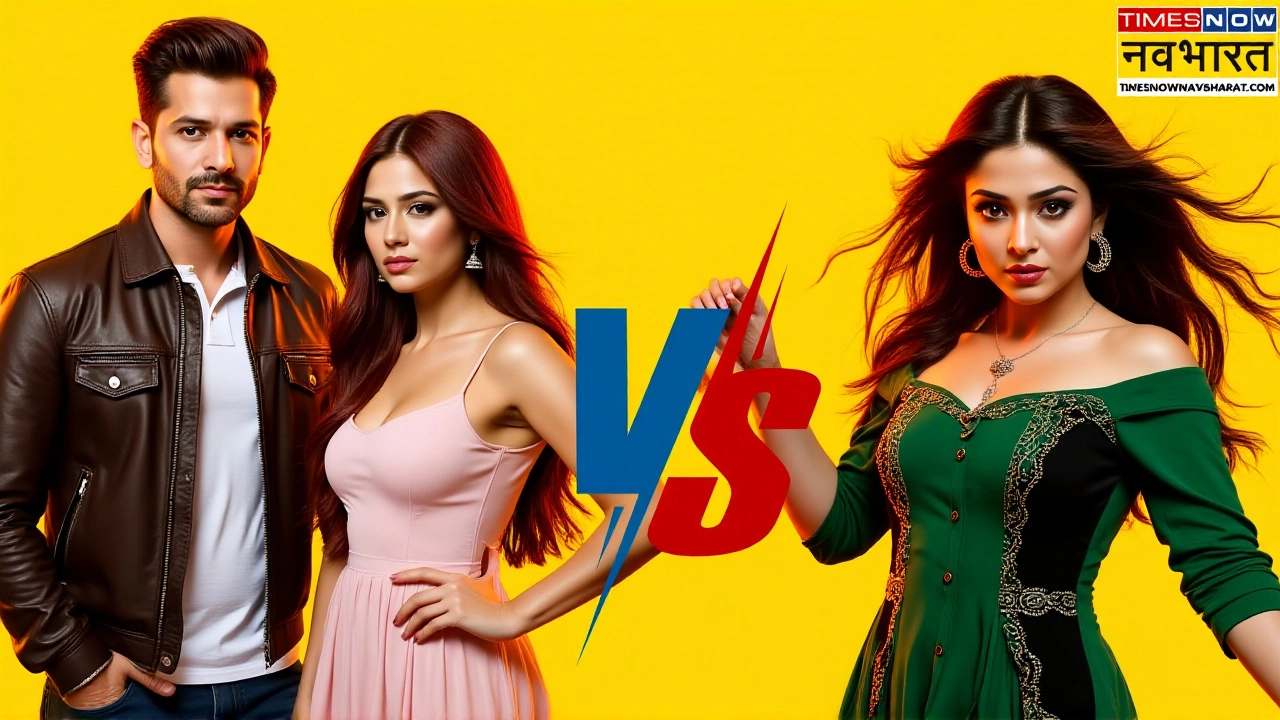
Box Office and Audience Response
Opening day collections in India hovered around ₹2.3 crore, a modest figure compared with typical summer blockbusters. However, the movie managed to stay in the top ten for the first week, largely propelled by curiosity and the social media buzz.
- Opening day gross: ₹2.3 crore
- First‑week total: approximately ₹12 crore
- Key markets: Mumbai, Delhi, Kolkata, and Bengaluru
- Social media sentiment: 57 % negative, 43 % positive (Twitter analysis, Oct 21‑28, 2025)
On platforms like Twitter and Instagram, hashtags #EkDeewaneControversy and #StalkerRomance trended for several days. Some users defended the film as “a bold, combustible cocktail of tragic romance and political theatre,” while others demanded a boycott, arguing that such narratives perpetuate harmful gender dynamics.
Future Outlook and OTT Release
The producers have already announced an OTT debut, though the exact streaming service and launch date remain under wraps. According to a Times of India report, the film is slated for a digital rollout in late November 2025, likely on a major Indian platform such as Netflix or Amazon Prime Video.
Industry analysts predict that the OTT window could salvage the film’s financial picture. “Even a modest streaming deal could push the overall revenue beyond the theatrical break‑even point,” said Rahul Mehta, a senior analyst at FilmTrack India.
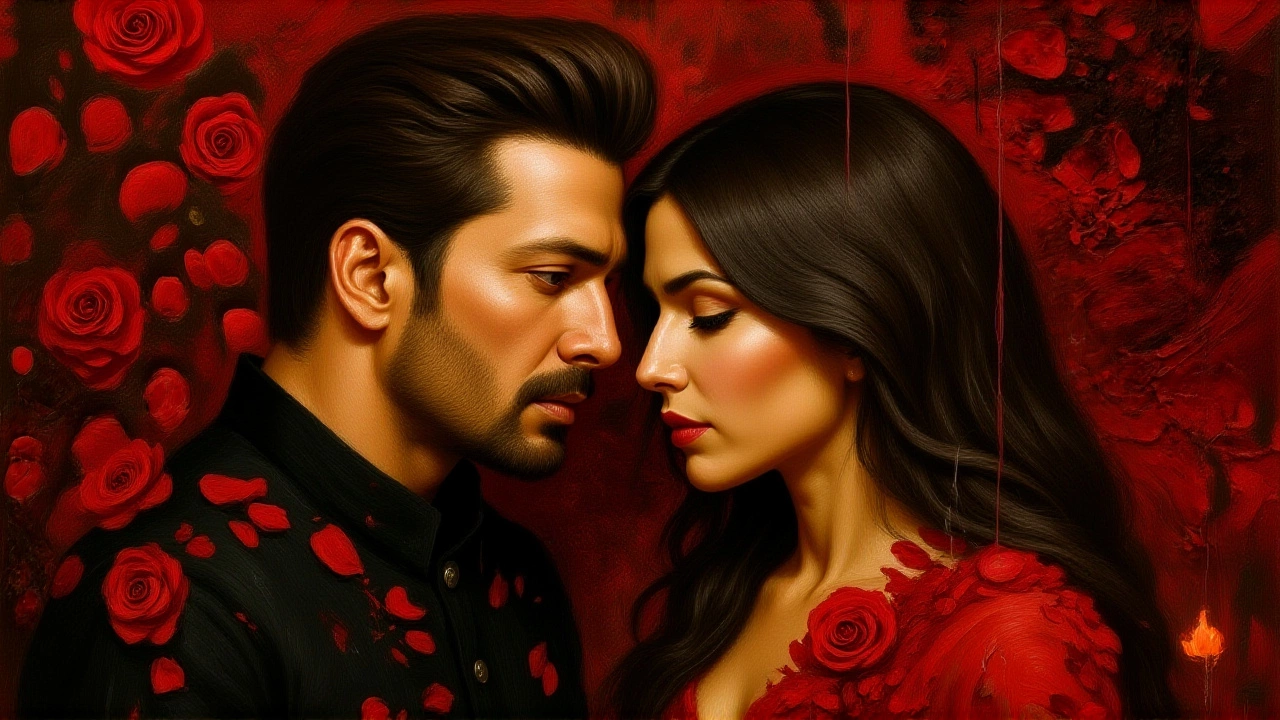
Industry Implications
The controversy around Ek Deewane Ki Deewaniyat underscores a broader industry reckoning. Bollywood has long struggled with the tension between audience appetite for heightened drama and evolving societal standards around consent. The film’s mixed reception may push studios to rethink scripts that rely on “obstacle‑overcoming” love stories where the obstacle is the woman’s agency.
In the wake of the debate, the Central Board of Film Certification (CBFC) has reportedly opened a review panel to examine whether films glorifying non‑consensual pursuit should be flagged for age‑restriction or mandatory disclaimer. If such measures are introduced, they could significantly reshape how romantic narratives are marketed.
Frequently Asked Questions
How does the film’s portrayal of love affect young audiences?
Young viewers may internalise the idea that persistent pursuit, even after repeated rejections, is romantic. Psychologists warn that such depictions can blur consent boundaries, making it crucial for educators and parents to discuss healthy relationship models alongside the film.
What sparked the comparison to 1990s movies like Darr and Anjaam?
All three earlier films feature male protagonists who stalk or harass the female lead, framing obsessive love as dramatic tension. Critics see the same narrative beats in Ek Deewane Ki Deewaniyat, hence the direct references.
When and where can viewers stream the movie?
The OTT release is expected in late November 2025, likely on major Indian streaming services such as Netflix, Amazon Prime Video, or Disney+ Hotstar. Exact dates will be announced by the producers in the coming weeks.
Did the film’s box‑office performance meet expectations?
With an opening day collection of roughly ₹2.3 crore and a first‑week total near ₹12 crore, the numbers were modest. While not a blockbuster, the film’s profitability may improve after the streaming deal.
What are experts saying about Bollywood’s future storytelling?
Industry analysts suggest a shift toward narratives that respect consent and gender equity. Dr. Neha Sharma notes that audience demographics are changing, and filmmakers who adapt will likely enjoy both critical acclaim and commercial success.
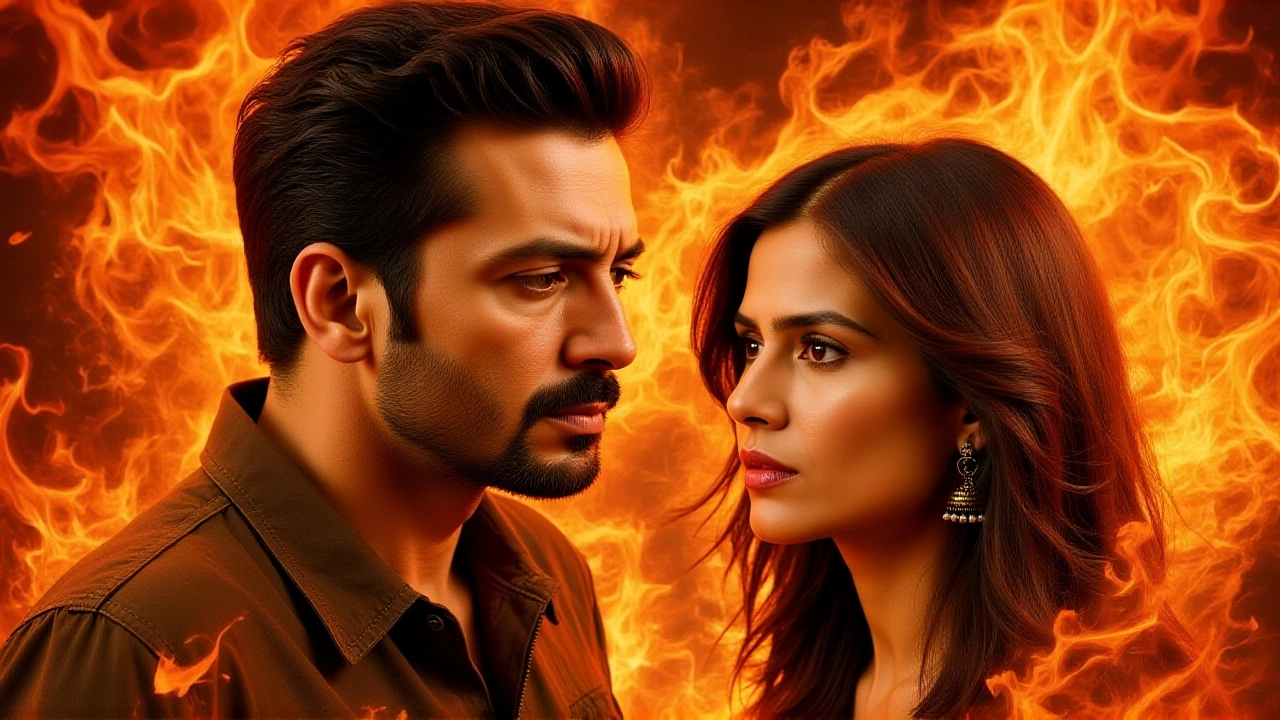
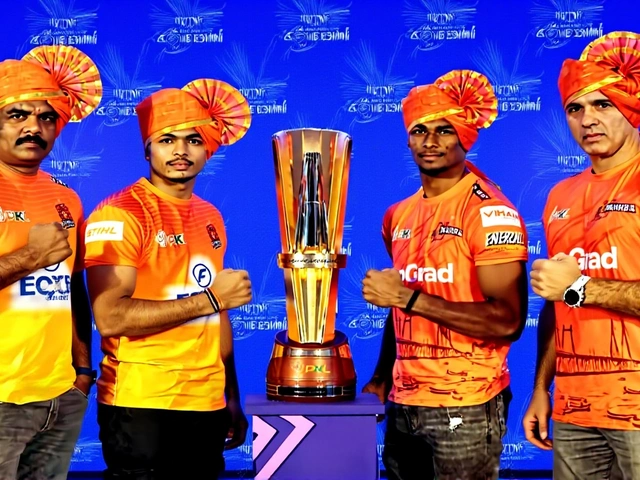
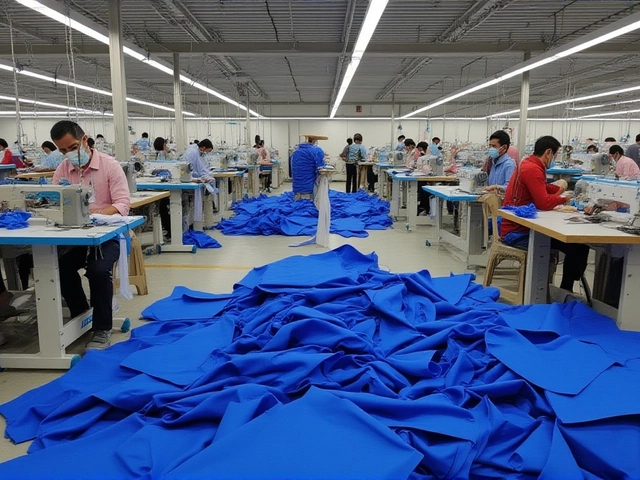



Write a comment